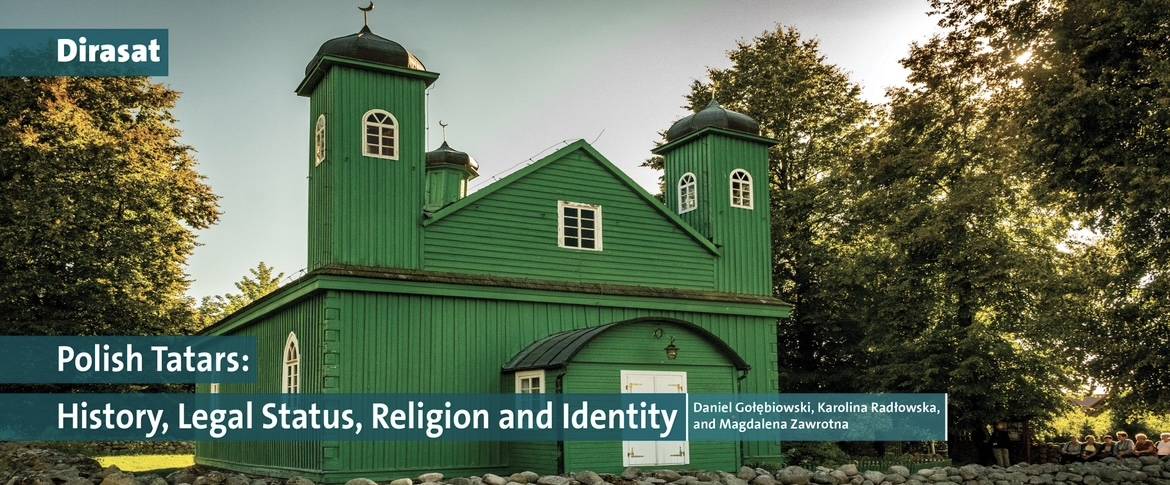Polish Tatars: History, Legal Status, Religion and Identity
This article aims to portray Polish Tatars through an in-depth analysis of Polish literature and the historical, cultural, social, and legal aspects of the Tatar community in Poland. This paper is one of the few written in English that examines Polish publications delving into several features of the Polish Tatars. It allows for broader engagement of scholars in a discussion on ethnic minorities and the hybridity of their identities taking the Polish Tatars as a case study .With its multidisciplinary approach, this article offers a new diversified perspective on the phenomenon of the oldest indigenous Muslim group living in Poland. The authors zoomed into their history, religion, and identity. The synthesis of these three elements made it possible to determine what mechanisms have enabled Polish Tatars to preserve their own, distinctive identity, despite the fact they’ve been living for centuries surrounded by Christian communities (Catholics and Orthodox) and far from the religious centers in the Middle East. Several questions are addressed in the paper: How, over the years (14th - 21st centuries), the community was organized and what circumstances affected this process? What were the roles of Tatars in Polish society in the period mentioned above? What are the cultural and religious rites of the Polish Tatars? What is the legal status of the group? Finally, what are the elements of the identity of Polish Tatars?

